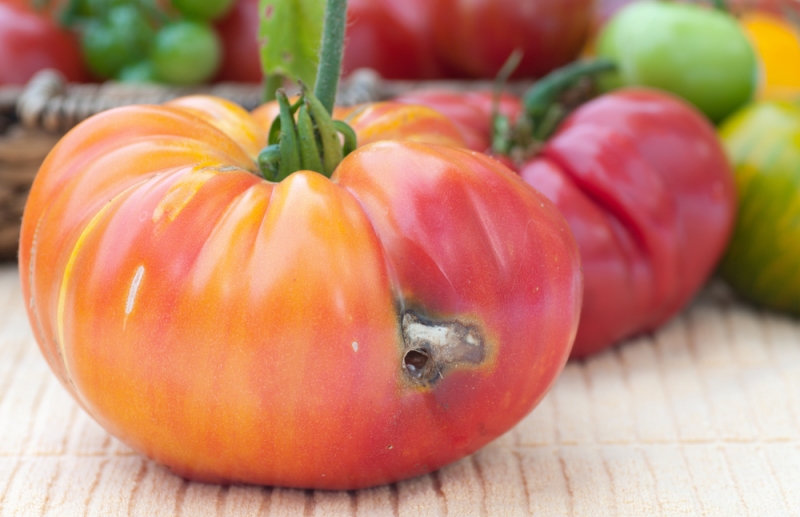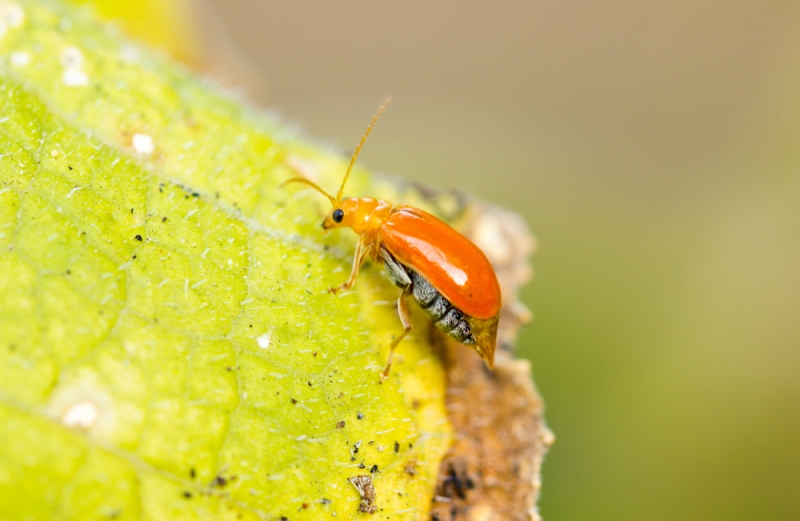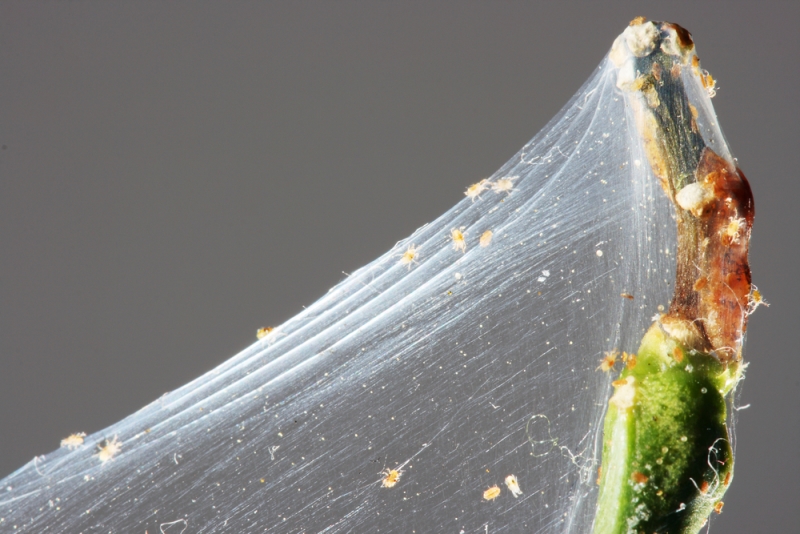 Continuing to battle the predators of your garden with latest remedies and tips may just have you spinning your wheels. Why not embrace the beasts and fight fire with fire – or in this case, pests with pests?
Continuing to battle the predators of your garden with latest remedies and tips may just have you spinning your wheels. Why not embrace the beasts and fight fire with fire – or in this case, pests with pests?
Essentially, your ultimate goal in maintaining your garden is to preserve a balanced ecosystem. That way your plants can thrive. With a natural system in place, your garden will not only be healthy, with a strong defense against destructive insects or organisms, but it will flourish without the use of any chemicals or harmful substances.
However, before you start building your army of bugs to combat your leaf-chomping culprits, it’s your duty to correctly diagnose the bugs causing the problems.
While tending to your pleasure ground of floral, fruits, and vegetables, why not take a closer look into the green world? Within a few minutes of close observation you will be able to determine what is destroying your garden. Take pictures or notes and refer back to bug identification sites to correctly classify the destructive insects.
Once you know who is responsible for harming your plants, you can diversify your garden to include plants that will attract a variety of beneficial creatures. Specifically, you will want plants that produce the nectars and pollen that lure in the hunters that will prey on the bad bugs.
Below is a list of destructive pests or organisms with the corresponding plant to attract the beneficial and bring about a balanced ecosystem.
Aphids
What to Expect:
Plants are weakened by aphids puncturing plant stems and stalks with their mouth. Common signs of aphid infestation include curled, deformed, and discolored leaves. An aphid can also leave a sticky residue called sooty mold on plant leaves – turning them black.
What You Can Do:
Attract ladybugs to your garden with dandelions, Queen Anne’s lace, cilantro, geraniums, or dwarf morning glory, amongst others. Ladybugs and their larvae can consume plenty of aphids. The larvae can consume as many as 100 aphids in an hour during their active season between May and July. Ladybugs can also be purchased from a local nursery and released into your garden.

Slugs/Snails
What to Expect:
Chew marks in leaves and flowers causing irregular-shaped holes with smooth edges. Fruit that grows close to the soil are susceptible to bite marks from slugs or snails. You can confirm their presence by identifying slimy, mucous trails left behind on crops or leaves.
What You Can Do:
Your snail or slug problem can be quickly cleaned up with Ground beetles. Ground beetles will live and protect your garden if you provide them a suitable living environment. This will include low-growing plants or uncultivated areas so that the beetles can snatch garden pests hiding under fallen leaves. Their diet can also consist of cutworms and root maggots.
Mealybugs
What to Expect:
The damage caused by mealybugs can vary drastically. Stunted plant growth, withering leaves, and fruits dropping prematurely is a good indicator of mealybugs. These bugs suck the liquids from plants and feed on any new growth in your garden. Mealybugs are also known to transmit grape viruses.
What You Can Do:
The larvae of a hover fly – also called flower fly – can do wonders for your mealybug infestation. A hover fly will lay eggs near mealybugs to feast on them. You will want to plant lupine, marigold, cosmos, or parsley to attract hover flies. An added bonus is these flies will help with pollination.
Spider mites
What to Expect:
Leaves become unable to retain water and dry up after spider mites nibble on them. Spider mites attack the outer layer which allows water to escape and eventually dehydrate the plant. Webbing from spider mites can cover fruit, leaves, or twigs.
What You Can Do:
Grow Queen Anne’s lace, cosmos and tansy to bring green lacewing to your garden. An infant lacewing can devour spider mites with their endless appetites. Some other garden pests this insect can handle are leafhopper nymphs, white flies, and caterpillars.

Caterpillars
What to Expect:
A common indication of caterpillars is the chew marks on leaves. Another sign is webbing from tent caterpillars. Trees can become defoliated as the caterpillar infestation grows. Eventually, a tree can be stunted for a couple of years before returning to normal growth.
What You Can Do:
Protect your garden from caterpillars with soldier bugs. Goldenrod, milkweed, and plants that provide pollen can attract this great caterpillar hunter. Trapping these bugs or purchasing from a local nursery to release in your garden may be a more efficient solution.
Root weevils
What to Expect:
Hence their name, root weevils feed on the rootlets or stem of a plant at the larvae stage. Critical damage can occur from weevils – especially if plant is grown in a pot or container. You can find their larvae in the soil as white, c-shaped worms. Adult root weevils feed on leave edges leaving irregular bite marks. The damage from adults is mostly aesthetic.
What You Can Do:
To target soil-dwelling larvae of root weevils and other similar insects, introduce beneficial nematodes to your garden. Beneficial nematodes can be purchased from garden stores or mail-orders and applied to moist soils to freely swim to consume the larvae. Fall season is the most ideal time for application.
Thrips
What to Expect:
Thrips feed on plant tissue causing silvery scaring and discoloring on leaves. Cosmetics are usually the only concern with thrip damage. However, large infestations may stunt growth of plants and cause fruits to drop prematurely.
What You Can Do:
Avoid using pesticides to encourage naturally occurring populations of predators for thrips. These natural enemies include minute pirate bugs, green lacewings, and predatory mites. Although, natural predators of thrips can be purchased and released in your garden, encouraging natural populations of them is more likely to bring the desired results.
What else?
Biological control can be quite effective in battling unwanted garden pests. To correctly implement, always remember to identify your problem before executing a plan. Even introducing beneficial creatures when it is not necessary, can alter the balance of biodiversity in your garden and cause problems.
Your goal is to maintain a healthy ecosystem by frequently monitoring the activity in your garden and using nature against nature. You’ll feel accomplished and satisfied when you have a lush, organic garden that allows you to enjoy the fruits of your labor – literally.
Derek Roach is a copywriter for Pro Pacific Pest Control, which uses Integrated Pest Management (IPM) techniques to control household & garden pests. IPM focuses on maximizing protection from pests while minimizing the use of pesticides.

